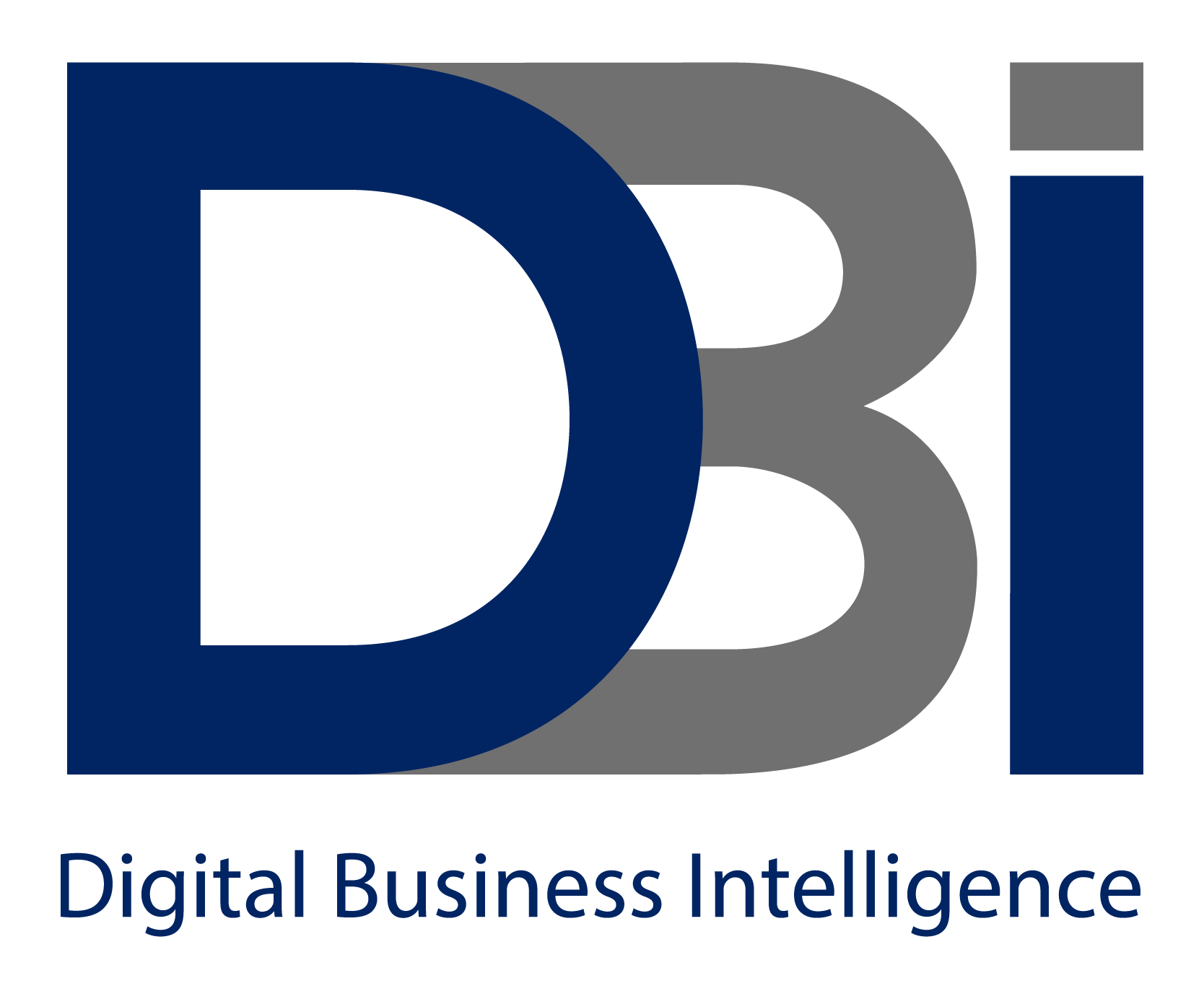Put your company on the map to attract more clients. To increase your visibility on Google Maps, stick to these top 10 suggestions. You’re looking for a place to eat in a strange neighborhood, or you need a technician to fix a sudden flat tire.
How do you search?
You are not alone if you said Google Maps. Nowadays, a lot of us use Google Maps to find nearby companies and make wiser purchasing decisions. So how can local companies get more visibility in the marketplace where customers are increasingly looking to buy goods and services locally?
Here are some actions to follow to rank highly, increase traffic, and attract more clients with Google Maps.
Claim and Complete a Google Business Profile
Claiming and improving your Google Business Profile (GBP, formerly known as Google My Business or GMB) is the first and most important step in gaining visibility in Google Maps.
You may accomplish this by simply conducting a Google or Google Maps search for your company name and, if you haven’t previously, validating your listing.
You may now change a listing after you have one and are in into your Google account, even from within the search results itself.
Due to GBP’s status as a Google property, it acts as your company’s primary point of contact with Google, and the data presented here is taken as current and correct.
Post Linked Content (Including Photos)
You’ve only completed a portion of your task after you’ve claimed your GBP listing. It’s crucial to submit frequent updates to your GBP page because Google awards active companies with increased placement in Google Maps. Special offers, hosted events, links to pertinent blog entries, and general business updates are all examples of updates that can and should be made.
Wherever you can, use images in your posts because they are more likely to increase reader engagement in terms of shares or clicks. Links to your website’s key product or service pages are ideally included in your postings as well.
Optimize Your Web Presence for Local Organic Search
Make sure your web presence, including your website and external material, is optimized for your local audience if you want to rank highly on Google Maps.
As these are the three main building blocks around which a presence is created, you may start by carrying out a local SEO audit to see where you need to focus your attention from a keyword, content, and linking viewpoint.
Your website must be correctly designed for Google to be able to crawl and index your content with ease, and the content on your site must be filled with pertinent, regionally relevant, intent-driven keywords and logical internal and external links to the solutions your audience is looking for.
Websites that direct users to answers in the fewest number of clicks are rewarded by Google. Regardless of the device, websites must load swiftly and offer seamless navigation.
This is crucial locally because more and more people start their searches on their phones.
Use Local Business Schema
Google and other search engines prefer standardization when it comes to information architecture, especially when it comes to business facts. This preference has resulted in the creation of a schema. To make their material easier for Google to crawl and index, businesses can use Local Schema.
Many of the same company information included in a Google Business Profile is covered by the local business schema, which Google will naturally cross-reference. Your business is more likely to appear prominently on Google Maps the simpler it is for Google to verify your location.
Embed the Google Map on Your Contact Us Page
Although it’s not stated explicitly, it’s reasonable to infer that Google prefers this style and that having a Google Map included on your website will affect how you rank in Google Maps.
In this instance as well, Google can guarantee a consistent user experience for its searches, which should also be the goal of any company aiming to delight its clients.
Mine and Mind Your Reviews
Any company may create a GBP listing, make sure its fundamental company information is current, and upload a ton of pertinent, local content. Customer reviews, on the other hand, play a crucial role in determining if and where a local business appears on Google Maps.
Google pays special attention to how many reviews your company receives as well as how responsive it is to those reviews, whether they are favorable or not.
Any company naturally wants to reduce the number of bad reviews it gets, and any bad reviews should be quickly addressed.
This could end up being a useful technique to demonstrate your company’s dedication to client service. Although there are other online review platforms, such as Facebook, Yelp, and other niche review portals, reviews on GBP profiles will be given more weight when it comes to Google Map rankings.
Soon after you’ve successfully delivered a product or service, when a hopefully favorable experience is still fresh in their consumers’ minds, think about proactively asking them for evaluations.
Once specific online or offline client activities have been accomplished (such as an appointment completed or an invoice paid), services are available to help automate review requests (through email or text) and review management across numerous sources through a central dashboard.
Update Your Local Listings/Citations with Your NAP
Your Name, Address, and Phone Number, or NAP, are the three most crucial pieces of navigational information on your GBP, website, and throughout the internet. Your NAP needs to be precise and consistent across all of these sources to be effective for Google and your audience.
Citations are another name for these mentions of your company that appear on outside websites. You may start by simply Googling your company name and noting all the locations where your company details can be accessible to identify and confirm that your NAP is up to date. To update this crucial contact information, check each occurrence and get in touch with each directory or website owner as needed.
There are automatic local listings services that you can use to find and update your NAP as well as other crucial business details like your website URL, services, or even pertinent photographs from a single spot. These services are both free and paid.








